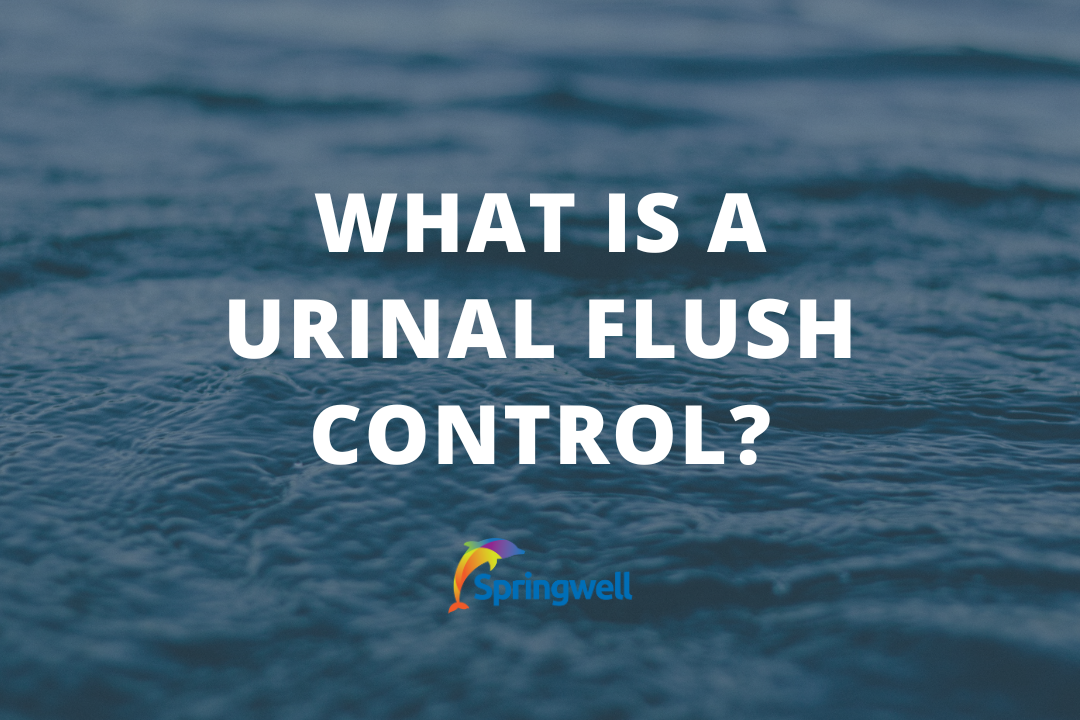What is a urinal flush control?
Urinal Flush Controls are known by many names such as Urinal Water Savers, Urinal Flush Controllers, Flush Valves, Urinal Flush Systems, Urinal Fill Valves, Urinal Water Saving Systems and so on. The different terminology generally means the same type of product, i.e. a system which controls the water flow between the incoming supply and the urinal/trough itself.
Although the above descriptions all imply the same type of product, Urinal Flush Controls work in different ways depending on manufacturer and the operating method. For example, some flush a set number of times a day regardless of use and others make use of PIR sensors to provide fully automated flushes only after use. Older styles such as hydraulic versions are still available although electronics kits tend to offer a more reliable method of operation as they are not dependent on pressure differentials, e.g. the taps being used. The chosen method is dependent on the set-up and environment in which the urinals need to be controlled.
But why control a urinal flush?
1. Money
It’s rather surprising just how much water is used to flush urinals. Typically, a small 9 litre cistern flushing every 20 minutes will cost approximately £731 per year. Left uncontrolled, it’s simply flushing profits down the drain. Adding a reliable and effective Urinal Flush Control can significantly reduce metered water bills with a saving of up-to 90% on urinal water use. Better still, quite often the outlay cost of a Urinal Flush Control kit such as Smartflush will be paid back in savings during the first 6 months. For examples visit: https://springwellsmartflush.co.uk/pages/savings
2. Water Reduction
Using the same example as above, a small 9 litre cistern flushing every 20 minutes uses approximately 240 cubic metres of water per year. That’s the equivalent of 2,400 half full bath tubs! Controlling the flush and ensuring a flush only occurs after use can reduce this by up to 90%.
3. Social Responsibility
With demand for fresh water increasing it’s important that we minimise waste and play our part in sustainable water management. It seems daft to say in a country with so much rainfall but with a growing population and increasing demand on supplies, Britain will likely continue to see the occasional water shortage. Additionally, implementing water management into a successful transparent Corporate Social Responsibility policy is a positive image for any brand or organisation.
4. Environmentally Friendly
Both treating and supplying water uses significant energy and in turn produces emissions including CO2. Implementing water saving devices reduces demand on the water industry and in turn allows organisations to make a contribution towards lowering energy requirements. One desirable feature is to keep battery changes to a minimum to avoid unnecessary battery waste and indeed maintenance time. This is why the battery powered version of Springwell Smartflush (SF4B) was designed to achieve a 5-6 year battery life. For further details visit: https://springwellsmartflush.co.uk/products/springwell-smartflush-6v-battery-powered
5. The Law
The Water Supply (Water Fittings) Regulations 1999 state that water used for the purpose of flushing urinals (and troughs) should be minimised and managed ensuring flushing water is used only when necessary.
The regulations also state that unless urinals are flushed manually, or are flushed automatically by electronic means after each use (for those without a cistern), the water supply to the urinals or trough must be fitted with an effective automatic device for regulating the periods during which the cistern may fill.
In order to safeguard water supplies the regulations describe exactly how much water use is acceptable during a specific time period. For cases where an automatically operated flushing cistern is in place, the maximum water consumption is 10 litres per hour for a single urinal. For a cistern serving two or more urinals the maximum water consumption is 7.5 litres per hour per urinal bowl/stall. In the case of a trough or slab, this equates to each 700mm of width. If the urinal flush is activated by an automatically operated pressure flushing valve or is activated manually, then no more than 1.5 litres per bowl should be used each time the device operates
For further information please take a look through our website or contact us via our website at https://springwellsmartflush.co.uk/pages/contact-us
Springwell Microelectronics Ltd

